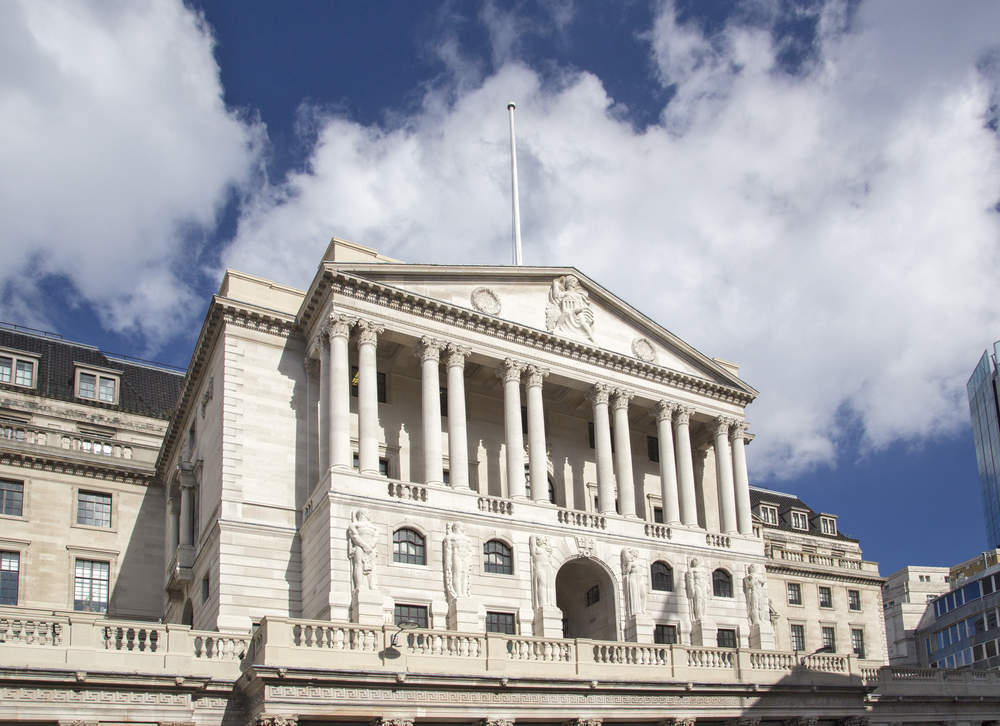Following the issue of the first negative-yield government bond in Britain’s history, there has been speculation of negative interest rate policies to be adopted by the Bank of England.
This speculation was further enhanced by the Banks’ governor hint of considering such policies as a drastic move to support the economy throughout the impact of the coronavirus lockdown. However, that might not be such a good idea after all.
Negative interest rates are a quite unorthodox way to stimulate the economy, as it does not address the main problem which is the recovery of employment. Moreover, it can do more harm than good in the economy, by potentially jeopardizing the sustainability of the banking system and other financial institutions.
Most importantly, past experience following the economic crisis of 2008, has proven that monetary policy, and especially key interest rates, are not that effective in stimulating economies.
A supply rather than demand economic shock for which monetary policy cannot do much
The idea behind negative interest rates of a central bank is to incentivize banks to increase lending to firms and households at lower costs. This could be done through the central bank paying banks instead of charging them an interest rate for lending money, or/and by imposing a penalty (negative interest rate) for unspent balances in its deposit facility.
However, only a few companies could pile up more debt, while it is quite unorthodox to expect that lower borrowing costs and even charging a fee on savings would urge consumers and investors to spend more during such uncertain times. Although that may be rational according to economic theory, in reality consumers and firms are inclined to increase their savings and reduce their spending in times of economic uncertainty.
How well do you really know your competitors?
Access the most comprehensive Company Profiles on the market, powered by GlobalData. Save hours of research. Gain competitive edge.

Thank you!
Your download email will arrive shortly
Not ready to buy yet? Download a free sample
We are confident about the unique quality of our Company Profiles. However, we want you to make the most beneficial decision for your business, so we offer a free sample that you can download by submitting the below form
By GlobalDataMoreover, monetary policy cannot do much for a supply shock in the economy as what this mainly is. Lockdown measures have mainly hit the economy by impacting production and employment, with demand reducing as a result of that, not vice versa.
Accordingly, it would be fruitless to focus on stimulating demand. Instead it is the stimulus of employment that needs to be targeted and that is under the scope of fiscal policy, by increasing government spending.
On this purpose, it would be more effective if the Bank of England would print money to finance government spending towards employment support measures.
Negative interest rates can do more harm than good
Sub-zero interest rates that narrow the interest rate margin that banks can earn would further erode their profitability, which has been already been hit by a long period of low interest rates, thereby undermining their sustainability in the long-term.
In the effort to secure their profitability, banks would either reduce lending rates less than they should – thus impairing the aim of the monetary policy – or pass that burden to consumers by charges on deposits. The latter case could be disastrous, thus more unlikely, as money could even get out of the banking system as consumers would averse the idea of paying for their deposits. Moreover, incentivizing more credit could also threaten financial stability as banks could be pushed into riskier lending activities and investment products.
Negative interest rates would also be disastrous for pension and insurance funds by crushing their source of earnings based on bonds which are tied to those interest rates. This could mean that insurance and pension funds could be unable to meet fixed long-term obligations towards consumers and investors.
When cutting interest rates below zero failed to revive growth
Ultimately, the experience after the financial crash of 2008 has shown that monetary measures, and especially the cut of key interest rates, has not been that effective to stimulate economies. The central banks of some of the largest economies, including the European Central Bank in 2014 and the central bank of Japan in 2016, adopted negative interest rates either through negative deposit facilities or negative key interest rates.
However, none of them can be considered successful in reviving their economies, all of them struggling for years through anemic growth and below-target inflation. Accordingly, any discussion for the potential benefits of a negative interest rate environment is deemed unproductive.








